Home>Furniture & Design>Outdoor Furniture>How Many Lumens Do I Need For Outdoor Lighting?
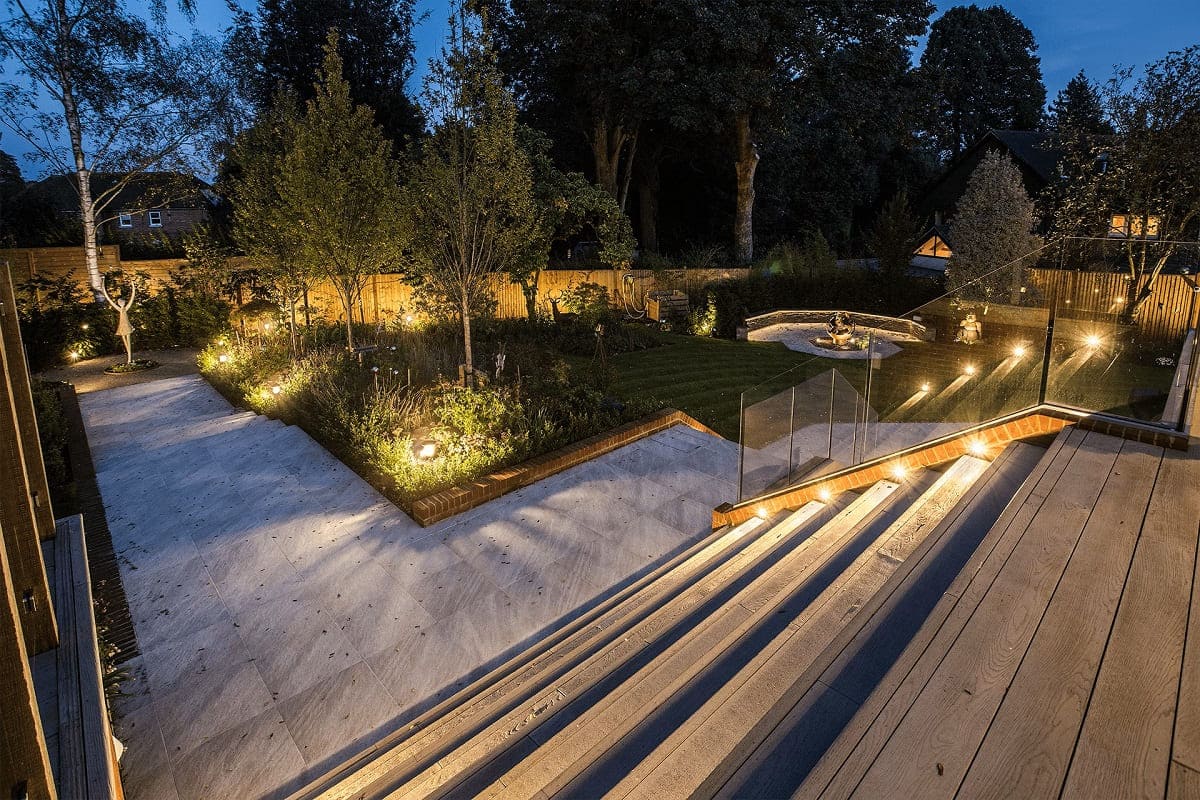

Outdoor Furniture
How Many Lumens Do I Need For Outdoor Lighting?
Modified: January 26, 2024
Find the perfect outdoor furniture and design with the right lighting. Discover how many lumens you need for optimal outdoor lighting.
(Many of the links in this article redirect to a specific reviewed product. Your purchase of these products through affiliate links helps to generate commission for Storables.com, at no extra cost. Learn more)
Introduction
Outdoor lighting serves as a crucial element in enhancing the ambiance, functionality, and safety of your outdoor spaces. Whether you are hosting a lively gathering on your patio or simply enjoying a peaceful evening on your deck, the right outdoor lighting can significantly elevate the overall experience. One of the key considerations when selecting outdoor lighting is the lumen output, which directly impacts the brightness and effectiveness of the lights.
Understanding the appropriate lumen requirement for different outdoor areas is essential for creating an inviting and well-lit environment. By delving into the factors that influence lumen needs and exploring the various types of outdoor lighting available, you can make informed decisions to illuminate your outdoor spaces effectively. Let's embark on a journey through the realm of outdoor lighting to uncover the optimal lumen requirements for different settings, allowing you to transform your outdoor areas into captivating and functional extensions of your living space.
Key Takeaways:
- Illuminate outdoor spaces effectively by understanding lumen requirements based on area size, function, and lighting goals. Tailor lighting to create inviting and safe environments for various activities.
- Choose outdoor lighting fixtures that align with design, functionality, and energy efficiency. Consider weather resistance, smart technology integration, and adjustable lumen outputs for versatile and sustainable illumination.
Read more: How Many Lumens Should Outdoor Lights Be
Factors to Consider
When determining the lumen requirement for outdoor lighting, several factors come into play, each influencing the overall brightness and effectiveness of the illumination. Understanding these factors is pivotal in ensuring that your outdoor spaces are appropriately lit for their intended purposes. Here are the key considerations:
- Functionality: Assess the primary function of the outdoor area. Is it a pathway, a patio for entertaining guests, or a deck for relaxation? Different activities require varying levels of illumination, and the lumen output should align with the intended use of the space.
- Size of the Area: The size of the outdoor space directly impacts the lumen requirement. Larger areas necessitate higher lumen outputs to ensure uniform and adequate illumination across the entire space.
- Placement of Fixtures: The placement and positioning of lighting fixtures play a crucial role in determining the lumen requirements. Strategically positioning fixtures can optimize the distribution of light, potentially reducing the overall lumen needs.
- Lighting Goals: Consider the specific lighting goals for each outdoor area. Are you aiming for ambient lighting, task-oriented illumination, or accent lighting to highlight specific features? Tailoring the lumen output to the desired lighting goals is essential for achieving the desired ambiance and functionality.
- Environmental Factors: Take into account the natural light conditions in the area. Outdoor spaces that receive ample natural light during the day may require lower lumen outputs, while those in darker or shaded areas may need higher lumen levels to compensate for the lack of natural light.
- Regulatory Guidelines: Familiarize yourself with any local regulations or guidelines related to outdoor lighting. Some regions have restrictions on light pollution and glare, which can influence the choice of lumen output and fixture types.
By carefully considering these factors, you can effectively determine the appropriate lumen requirements for illuminating your outdoor spaces, ensuring that the lighting solutions align with the specific needs and characteristics of each area.
Types of Outdoor Lighting
Outdoor lighting encompasses a diverse array of fixtures and designs, each tailored to fulfill specific lighting needs and aesthetic preferences. Understanding the various types of outdoor lighting options empowers homeowners to select fixtures that align with their stylistic vision and functional requirements. Here are some common types of outdoor lighting:
- Path Lights: These fixtures are designed to illuminate pathways, walkways, and garden trails, enhancing safety and guiding movement in outdoor areas. Path lights typically have lower lumen outputs, providing gentle and subdued illumination along designated paths.
- Deck and Step Lights: Ideal for enhancing visibility and safety on decks, patios, and outdoor stairways, these fixtures offer focused illumination with moderate lumen outputs, accentuating specific areas without overwhelming the surrounding space.
- Floodlights: Known for their high lumen outputs, floodlights are suitable for illuminating large outdoor areas such as expansive lawns, driveways, and sports courts. They deliver powerful, wide-reaching illumination, making them effective for security and task-oriented lighting needs.
- Spotlights: These fixtures are designed to highlight specific architectural features, landscaping elements, or focal points in outdoor settings. With adjustable lumen outputs, spotlights offer targeted and customizable illumination, adding drama and visual interest to the outdoor environment.
- Wall Sconces: Mounted on exterior walls, these fixtures provide ambient and accent lighting, contributing to the overall aesthetics of outdoor spaces. Wall sconces come in various lumen outputs, catering to different lighting requirements and design preferences.
- Hanging Lights: Suspended from overhead structures or pergolas, hanging lights create a warm and inviting ambiance in outdoor seating and dining areas. They offer adjustable lumen outputs to facilitate an intimate and cozy atmosphere for gatherings and relaxation.
By exploring the diverse range of outdoor lighting options, homeowners can identify fixtures that complement their outdoor design scheme while addressing specific lighting needs. Whether it’s illuminating pathways, accentuating landscape features, or creating a captivating outdoor ambiance, the right combination of lighting types can transform outdoor spaces into inviting and functional extensions of the home.
When choosing outdoor lighting, consider the size of the area you want to light. A general rule is 10-20 lumens per square foot for accent lighting, 30-40 lumens per square foot for task lighting, and 50-75 lumens per square foot for security lighting.
Lumens Requirement for Different Outdoor Spaces
The lumen requirement for outdoor lighting varies based on the specific characteristics and intended use of each outdoor space. Tailoring the lumen output to the unique requirements of different areas ensures that the lighting effectively fulfills its designated functions. Here’s a breakdown of the lumen requirements for various outdoor spaces:
- Pathways and Walkways: Path lights typically require 100 to 200 lumens to illuminate walkways and pathways effectively. These lower lumen outputs deliver ample visibility for safe navigation while creating a charming and inviting ambiance along the designated paths.
- Patios and Decks: For outdoor entertaining and relaxation areas, the lumen requirement ranges from 100 to 300 lumens per square foot. This ensures that the lighting is conducive to social gatherings and provides a pleasant atmosphere for dining, conversing, and leisure activities.
- Driveways and Parking Areas: Floodlights or spotlights used to illuminate driveways and parking spaces typically require 700 to 1300 lumens to ensure optimal visibility and security in these expansive outdoor zones.
- Garden and Landscape Features: Spotlights aimed at highlighting garden elements or architectural features may require 200 to 400 lumens per fixture, depending on the specific elements being illuminated and the desired visual impact.
- Outdoor Seating and Dining Areas: Hanging lights or wall sconces in these areas often necessitate 30 to 70 lumens per square foot to create a warm and inviting ambiance conducive to relaxation and socializing.
- Pool and Water Features: Lighting for pool areas and water features typically requires 200 to 400 lumens per fixture to ensure a captivating and safe environment for evening enjoyment and aquatic activities.
By customizing the lumen output based on the unique requirements of each outdoor space, homeowners can create well-lit environments that cater to specific activities, enhance safety, and contribute to the overall aesthetics of their outdoor living areas. Understanding the nuanced lumen needs for different outdoor spaces is instrumental in achieving a harmonious and functional outdoor lighting scheme.
Choosing the Right Outdoor Lighting
When selecting outdoor lighting fixtures, it’s essential to consider a range of factors to ensure that the chosen lighting solutions effectively illuminate the outdoor spaces while complementing the overall design aesthetic. Here are key considerations to guide you in choosing the right outdoor lighting:
- Style and Design: Align the style of the lighting fixtures with the overall design theme of your outdoor space. Whether it’s contemporary, traditional, or transitional, selecting fixtures that harmonize with the existing design elements enhances the visual appeal of the outdoor area.
- Functionality and Purpose: Determine the primary function of the lighting. Are you aiming to enhance security, create ambiance, or facilitate specific activities? Understanding the intended purpose of the lighting guides the selection of fixtures with the appropriate lumen outputs and lighting characteristics.
- Energy Efficiency: Opt for energy-efficient lighting solutions, such as LED fixtures, to minimize energy consumption and lower long-term operational costs. LED lights offer high lumen outputs while consuming less power, contributing to sustainability and cost savings.
- Weather Resistance: Ensure that the chosen fixtures are designed to withstand outdoor elements, including moisture, UV exposure, and temperature fluctuations. Weather-resistant fixtures are essential for longevity and reliable performance in outdoor environments.
- Lighting Control and Flexibility: Consider fixtures that offer adjustable lumen outputs or dimming capabilities, providing flexibility to tailor the lighting levels based on specific needs and occasions. This versatility enhances the adaptability of the outdoor lighting scheme.
- Integration with Smart Technology: Explore lighting options that integrate with smart home systems for convenient control and automation. Smart outdoor lighting solutions offer remote operation, scheduling features, and compatibility with voice assistants, enhancing convenience and functionality.
By carefully evaluating these considerations, homeowners can make informed decisions when choosing outdoor lighting fixtures, ensuring that the selected options align with the design vision, functional requirements, and practical considerations of the outdoor space. The right outdoor lighting not only enhances the aesthetics and usability of outdoor areas but also contributes to the overall comfort and safety of the outdoor environment.
Read more: How Many Outdoor Heaters Do I Need
Conclusion
Outdoor lighting plays a pivotal role in defining the ambiance, functionality, and safety of outdoor spaces, transforming them into inviting extensions of the home. By understanding the lumen requirements for different outdoor areas and exploring the diverse range of lighting options, homeowners can curate well-lit environments that cater to specific activities, enhance aesthetics, and promote a sense of security.
From illuminating pathways and outdoor seating areas to accentuating architectural features and landscape elements, the appropriate lumen outputs tailored to each space ensure that the lighting effectively fulfills its intended functions. Whether it’s the gentle glow of path lights guiding evening strolls, the warm radiance of hanging lights creating an inviting atmosphere for gatherings, or the powerful illumination of floodlights enhancing security, the right lumen levels contribute to a harmonious and functional outdoor lighting scheme.
When selecting outdoor lighting fixtures, considerations such as style and design coherence, functionality, energy efficiency, weather resistance, and lighting control capabilities guide homeowners in choosing fixtures that seamlessly integrate with their outdoor environments. By prioritizing these factors, homeowners can curate lighting solutions that not only elevate the visual appeal of their outdoor spaces but also align with their practical lighting needs and sustainability goals.
Ultimately, the art of outdoor lighting lies in striking a balance between aesthetics and functionality, creating well-lit outdoor environments that invite relaxation, foster social connections, and ensure safe navigation. Through a thoughtful approach to lumen requirements and fixture selection, homeowners can embark on a journey to transform their outdoor spaces into captivating and purposeful retreats, where the interplay of light and shadow enhances the beauty and livability of their outdoor sanctuaries.
Frequently Asked Questions about How Many Lumens Do I Need For Outdoor Lighting?
Was this page helpful?
At Storables.com, we guarantee accurate and reliable information. Our content, validated by Expert Board Contributors, is crafted following stringent Editorial Policies. We're committed to providing you with well-researched, expert-backed insights for all your informational needs.
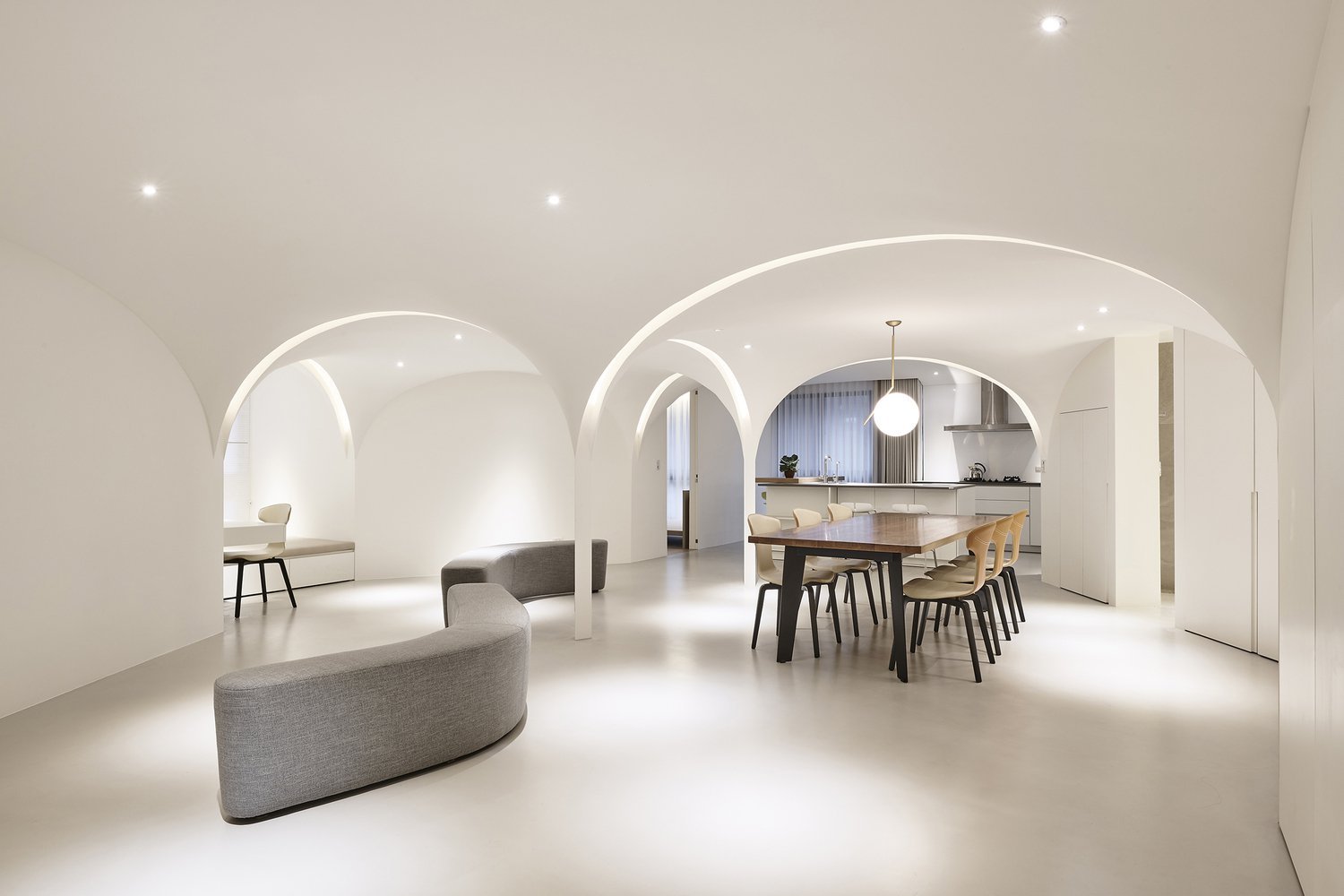
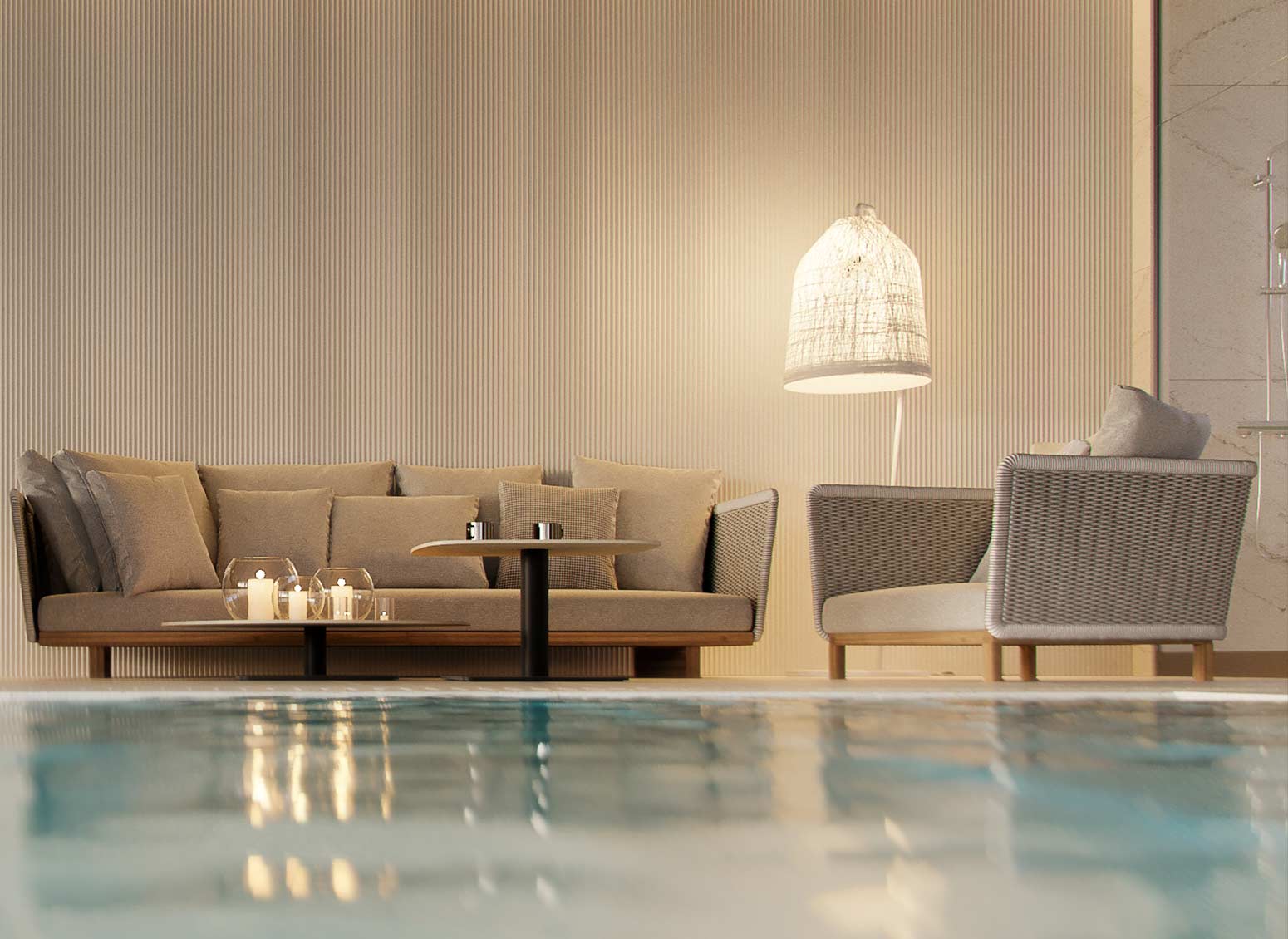
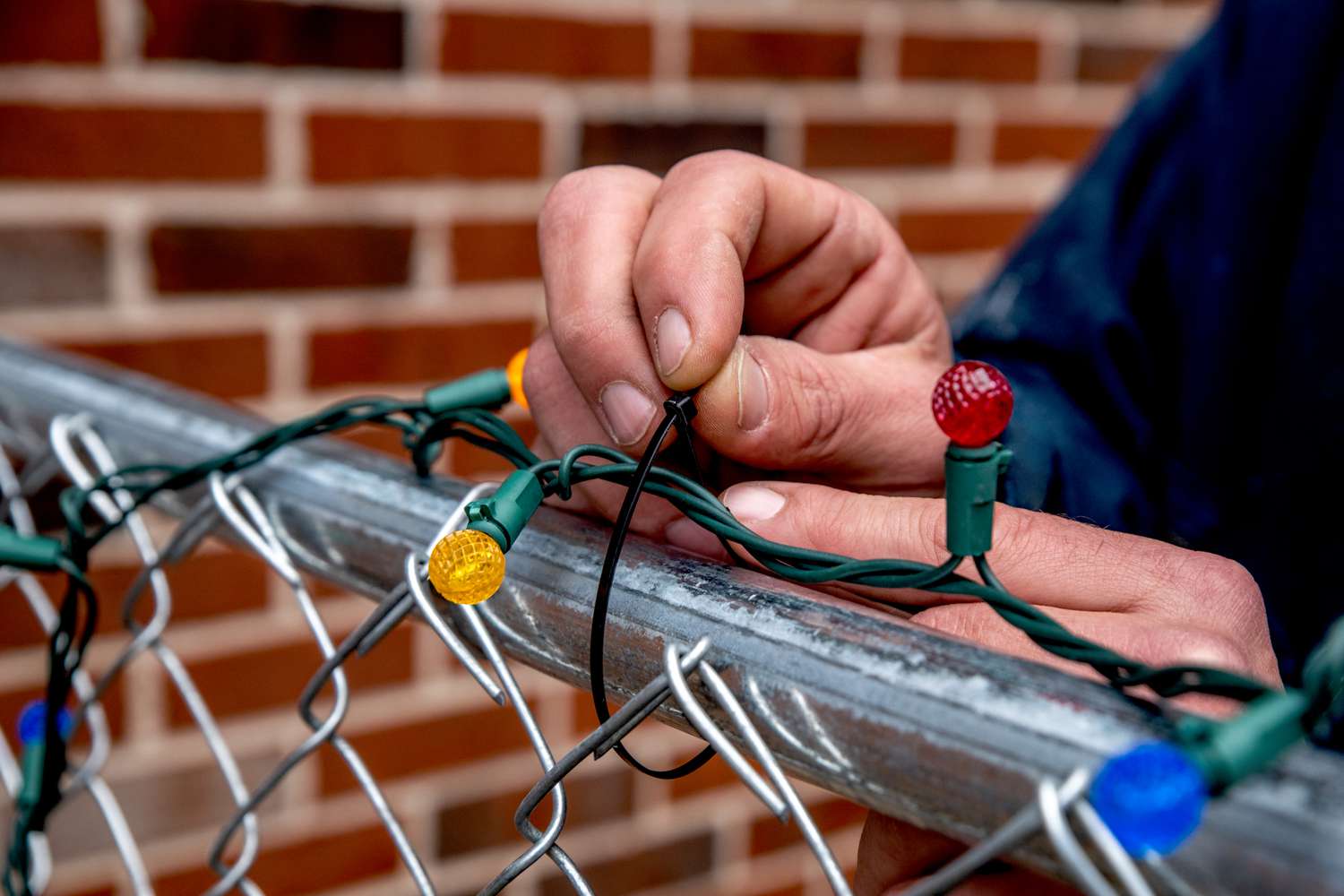
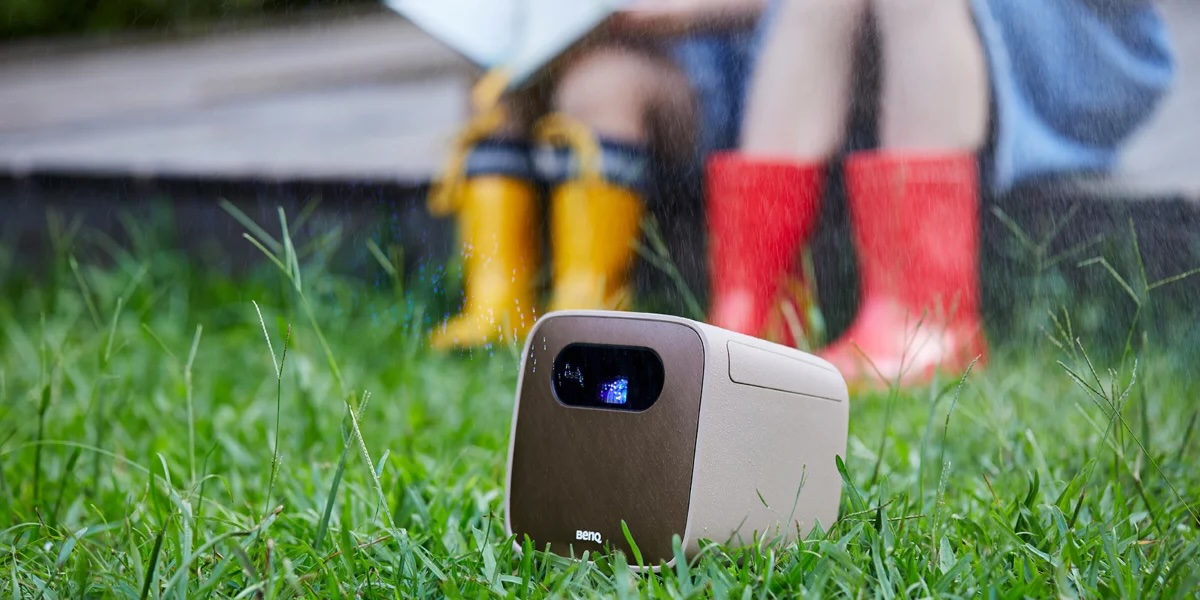
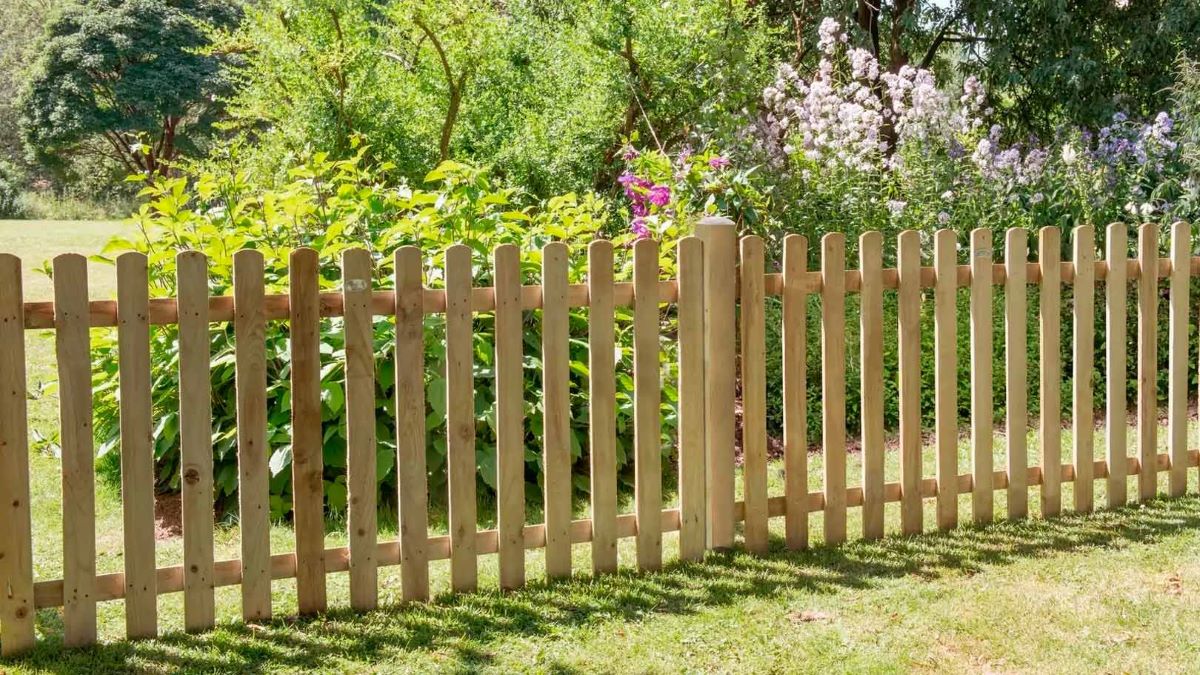

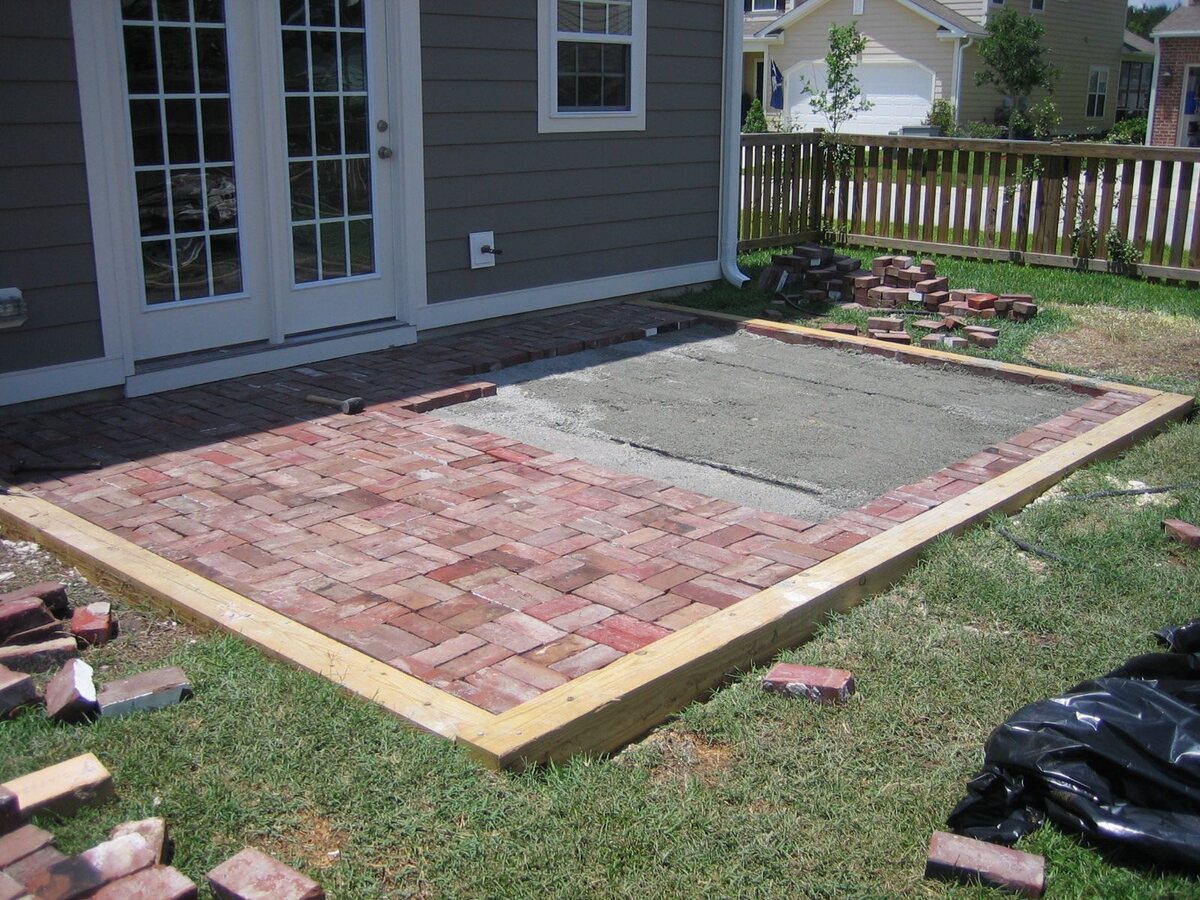
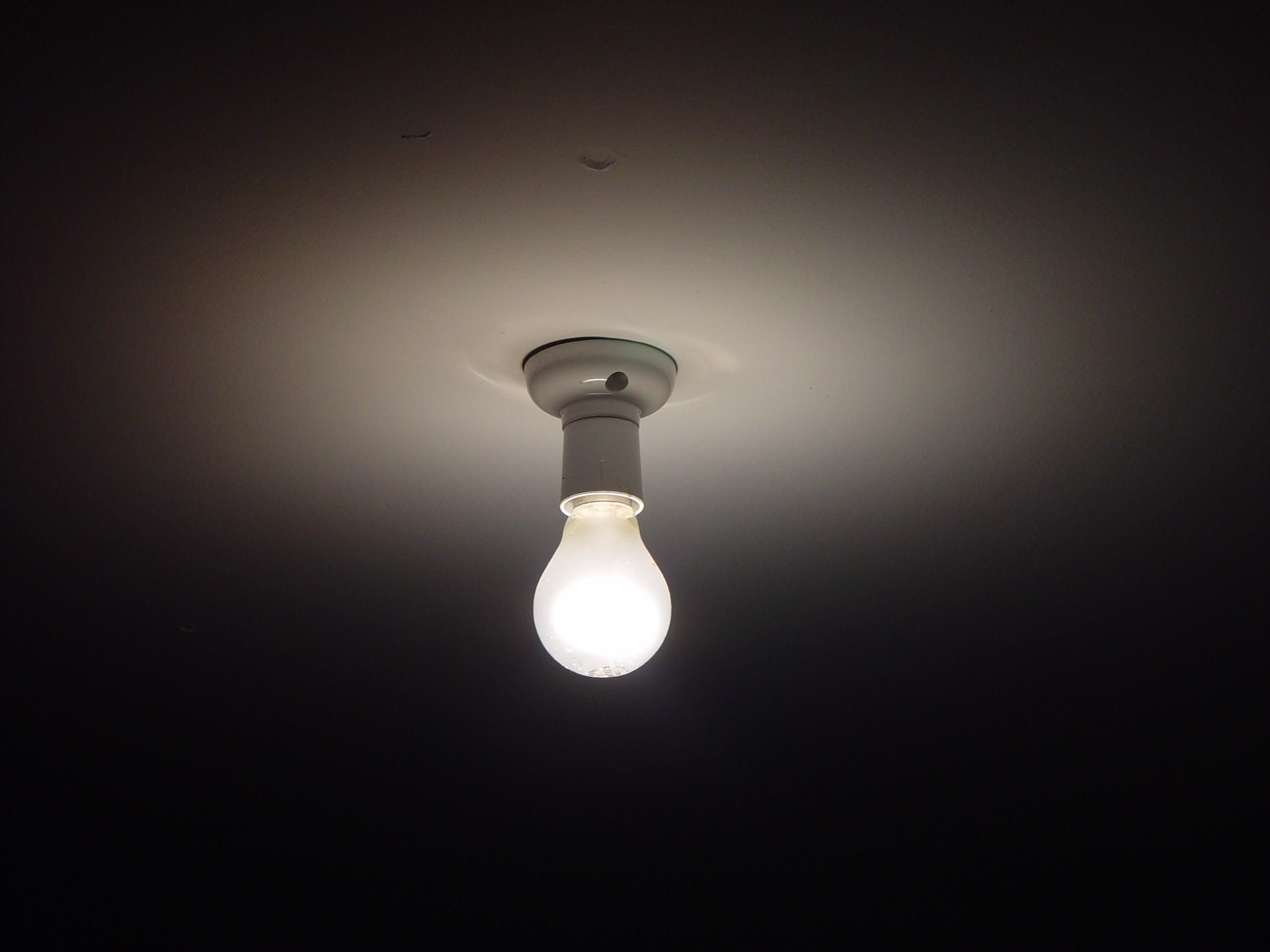
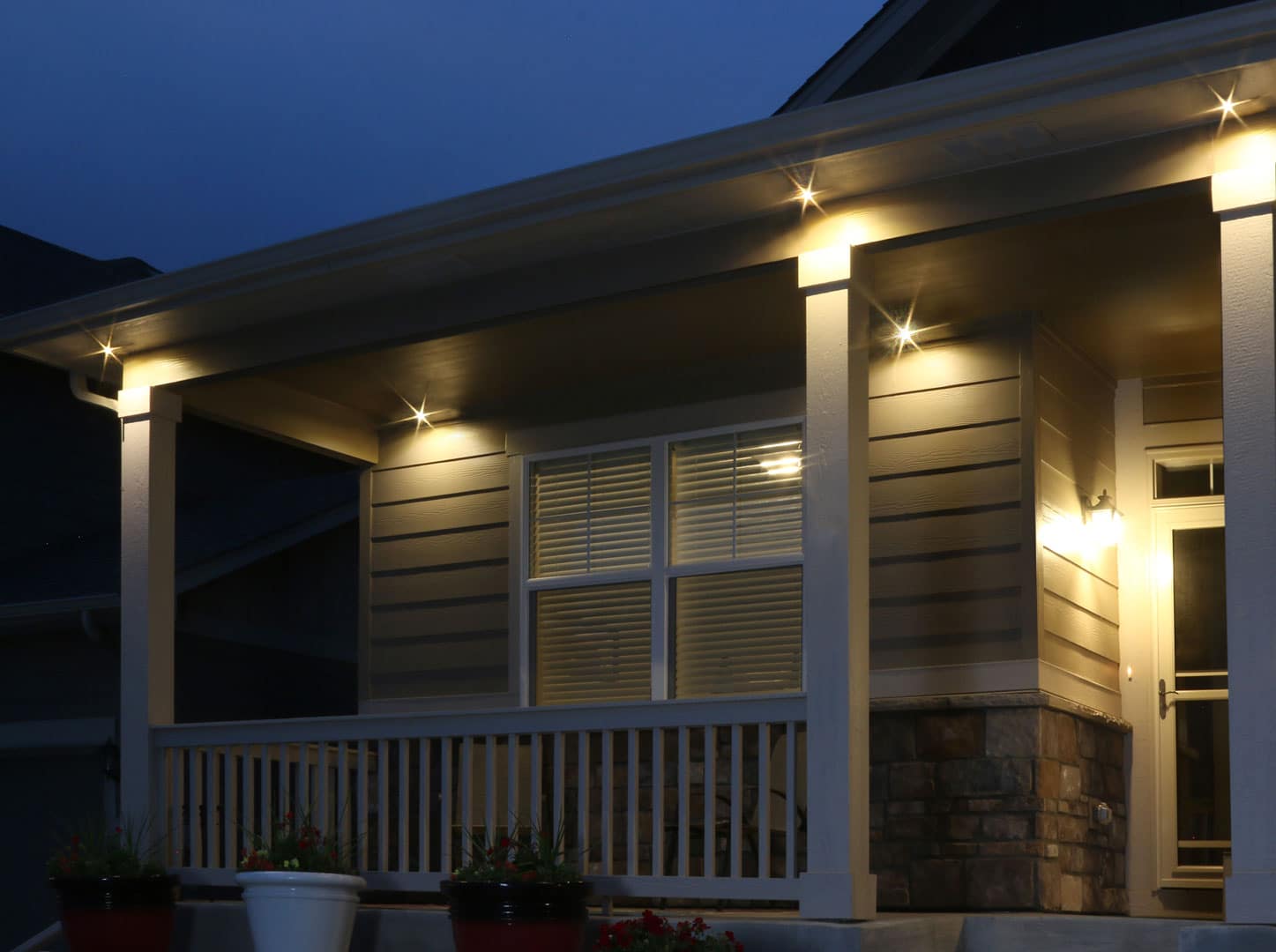
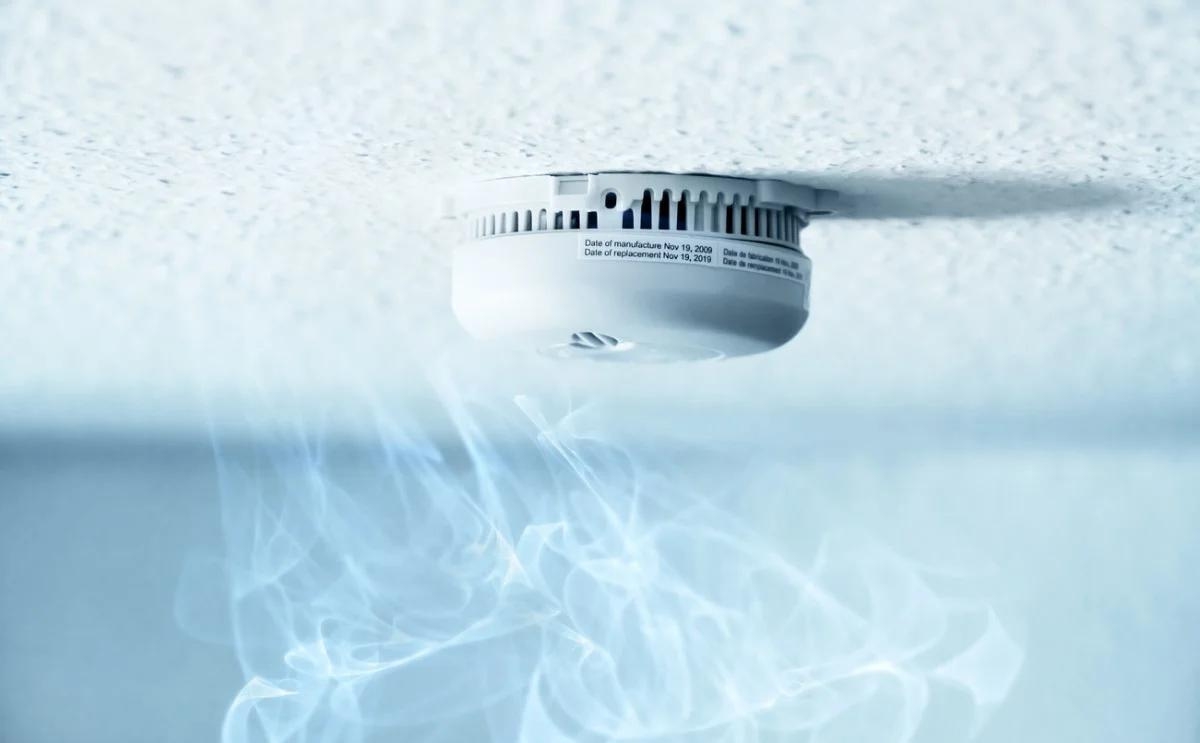
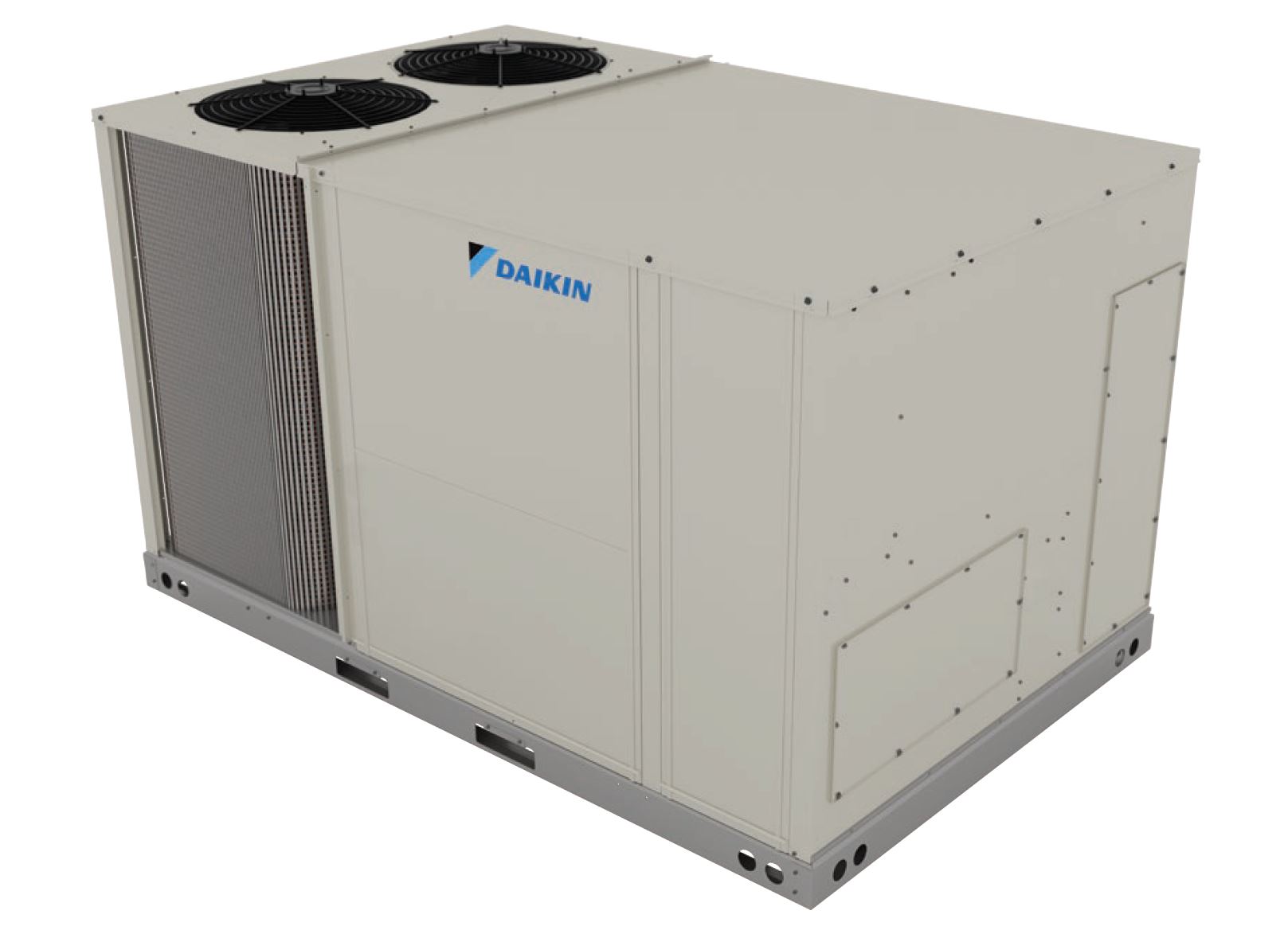
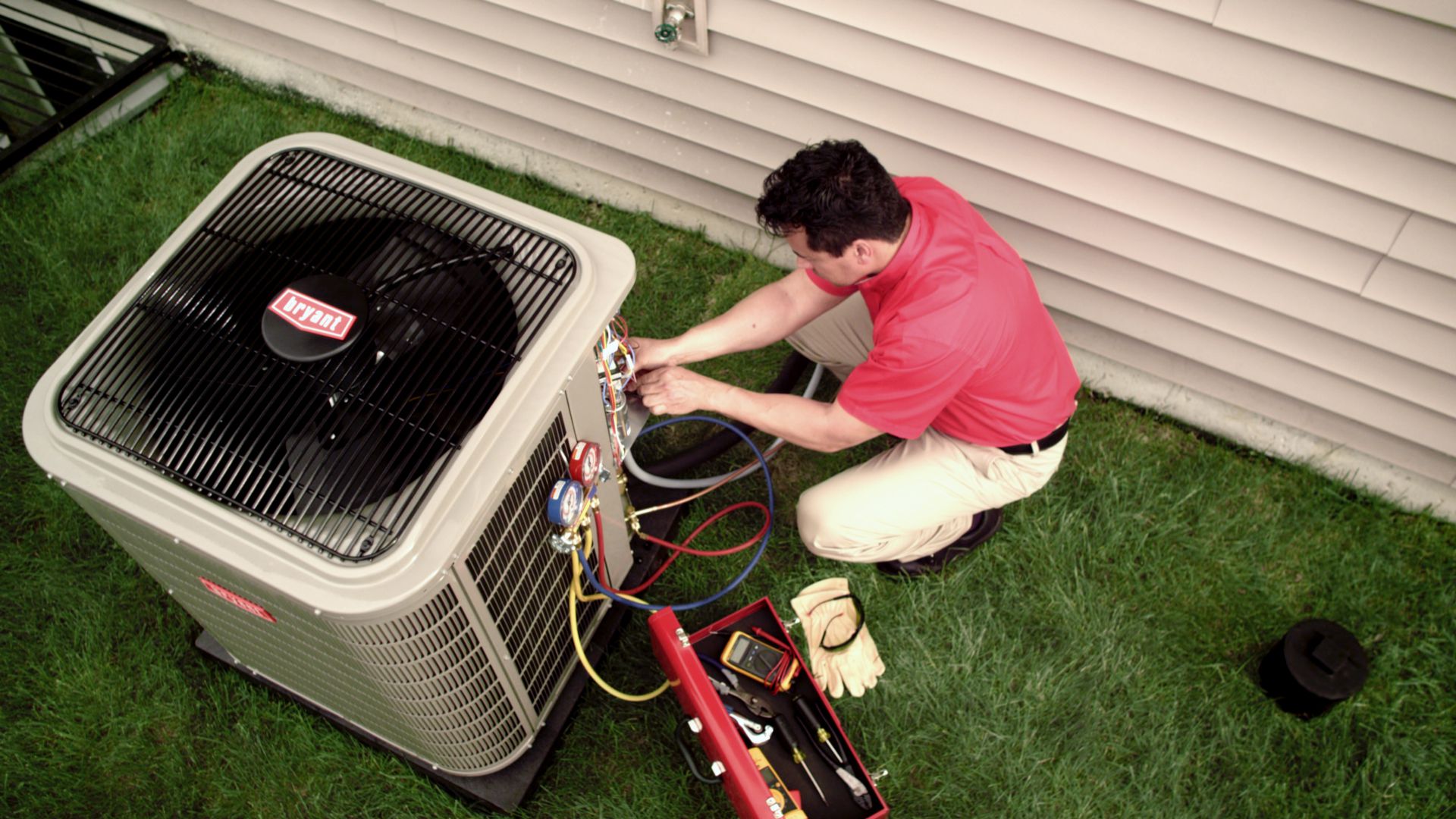
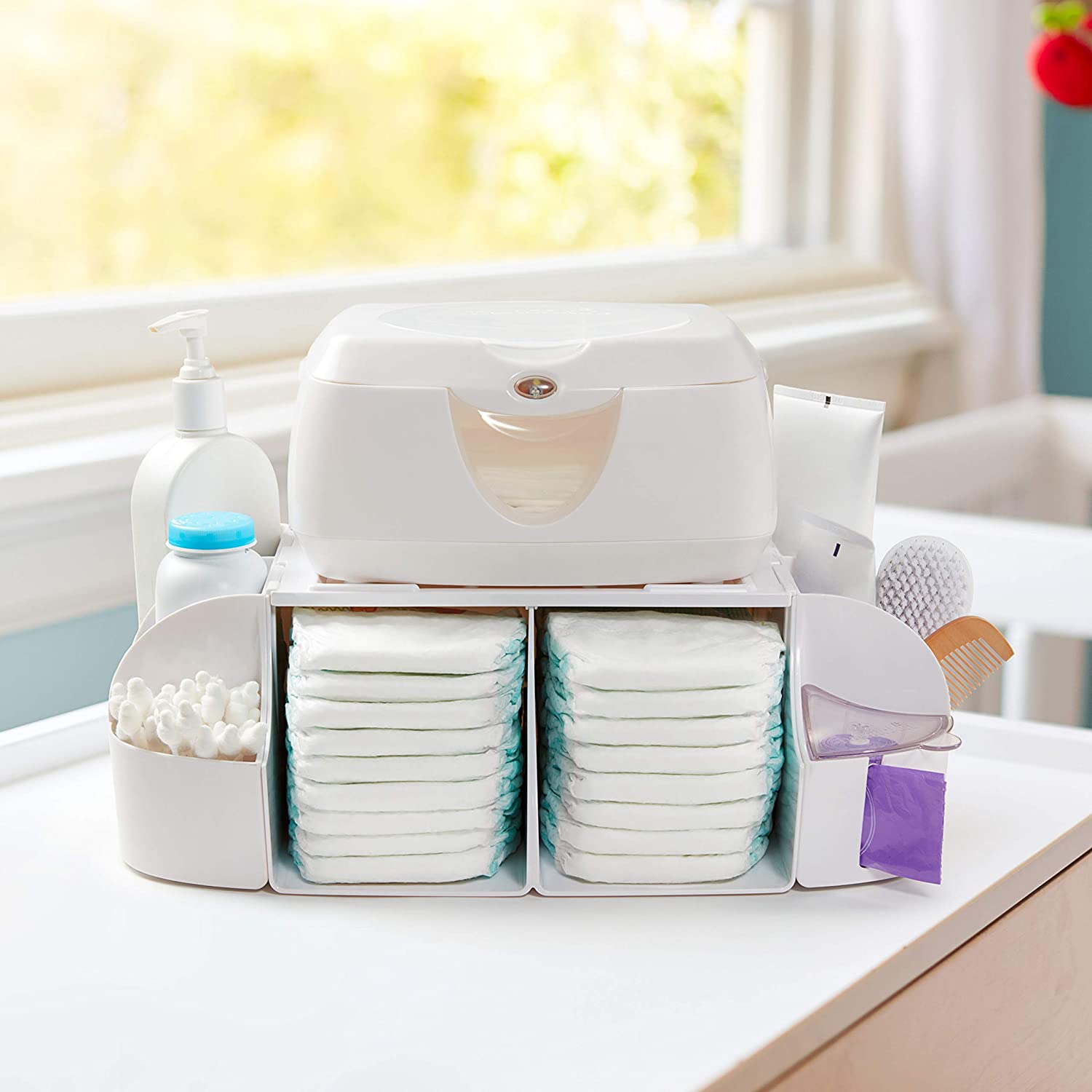
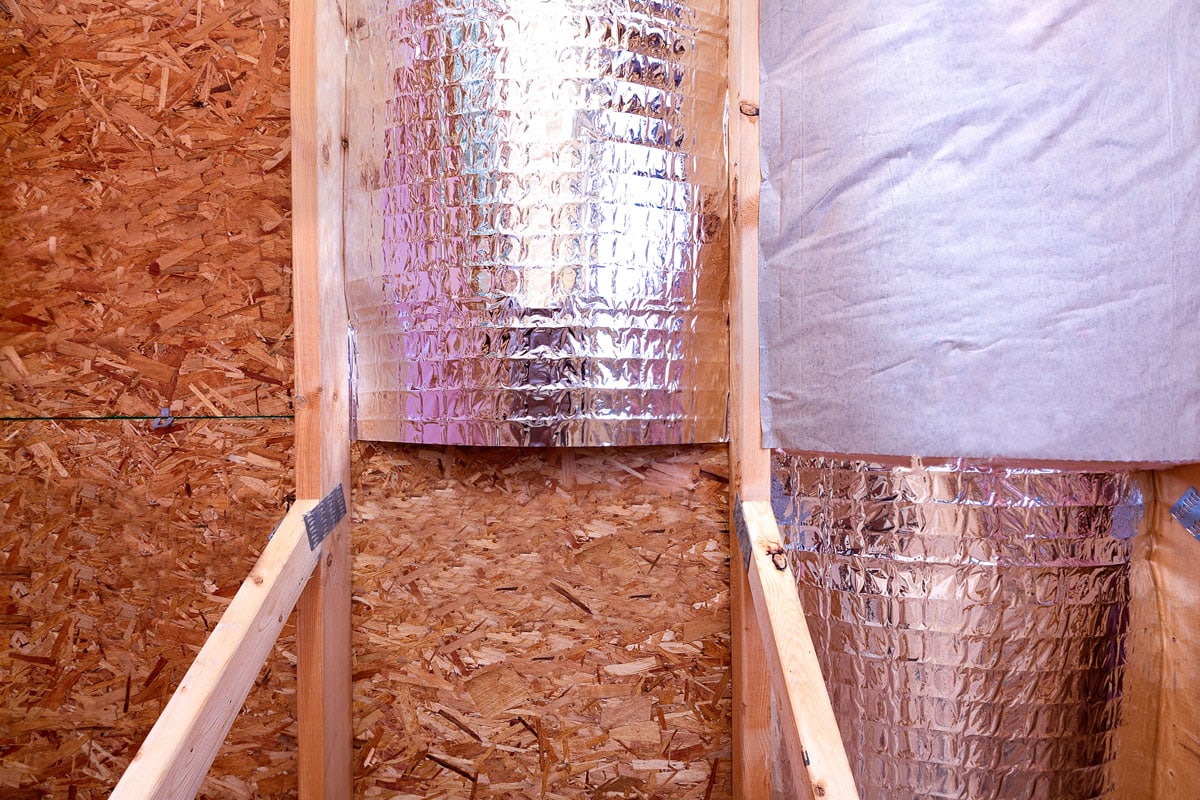

0 thoughts on “How Many Lumens Do I Need For Outdoor Lighting?”